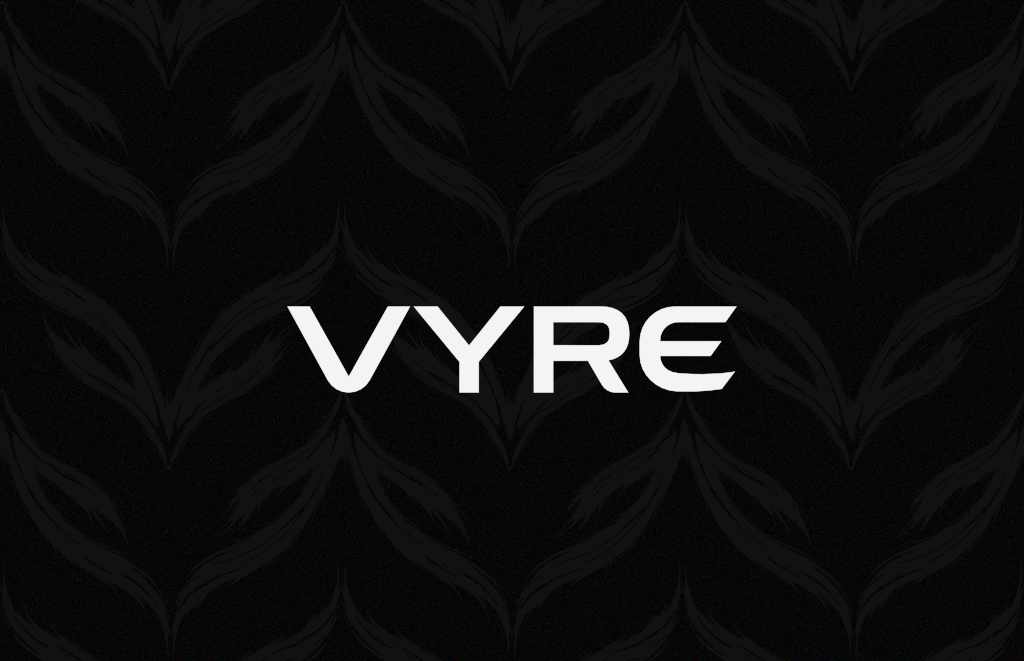· Digital Marketing · 4 min read
From Aisle to App - The New FMCG Playbook for Digital Indonesia
Discover how FMCG brands are adapting to the new digital landscape in Indonesia, from physical shelves to digital marketplaces.

The way Indonesian consumers shop for daily necessities has fundamentally changed. The traditional weekly trip to the supermarket or a quick stop at the warung has been replaced by taps on a smartphone.
For Fast-Moving Consumer Goods (FMCG) brands, this “Aisle to App” revolution is a defining moment. The battle for the customer has moved from the physical shelf to the digital marketplace, forcing a complete rewrite of the brand strategy.
The Digital Gold Rush
FMCG was once a slow adopter of e-commerce in Indonesia, as consumers preferred buying groceries in person. The pandemic acted as a massive catalyst, turning online grocery shopping from a lockdown necessity into a permanent consumer habit.
Today, FMCG is the fastest-growing category in Indonesian e-commerce, with market data showing consistent year-on-year growth of over 30%. For brands, the digital channel is no longer just an option, it’s the primary engine for growth.
Read more about Digital Marketing Agency vs. Creative Agency: Choosing the Right Partner for Growth
Rewriting the FMCG Playbook
A product strategy designed for a supermarket shelf will not work online. Smart brands are adapting their entire approach to win over the digital consumer.
E-commerce-Ready Packaging: Bulky “Buy 1 Get 1 Free” bundles are being replaced by smaller, lighter, and more durable packaging designed to survive an ojek journey. Brands are also creating “online only” bundles, such as a “Work From Home Snack Box.”
Winning Micro-Moments: The new battlefield is the 30-second impulse buy. This is the “Oops, I’m out of coffee” moment at 7 AM. Brands use platforms like TikTok and Instagram to capture these moments, linking directly to a marketplace for an instant sale.
Subscription Models: To lock in loyalty and create predictable revenue, brands are testing subscription services for essentials like baby diapers or coffee, delivering them automatically every few weeks.
Direct to Consumer (D2C) Control: Brands are increasingly using “Official Stores” on marketplaces like Tokopedia and Shopee. This gives them full control over pricing, promotions, and—most importantly—valuable first-party customer data.
The Need for Speed: Quick Commerce
If e-commerce offers convenience, Quick Commerce (Q-commerce) offers instant gratification. This is the world of 15-30 minute delivery, powered by “dark stores” and platforms like GrabMart and GoMart.
Q-commerce acts as the new digital warung. It is essential for high-margin, impulse purchases like cold drinks, ice cream, fresh milk, or medicine. Brands not listed on these platforms risk losing out on urgent sales.
Data-Driven Strategy
Digital marketing for FMCG is no longer about broad TV ads; it’s a precise science.
- Analytics & AI: Brands now track browsing behavior and cart contents to offer personalized promos tailored to individual shoppers.
- Real-Time Insights: Instead of slow focus groups, brands monitor social media trends and marketplace reviews for immediate feedback.
- Agile Testing: A brand can test a new sambal flavor with a small, targeted digital campaign in one city, analyze the sales data instantly, and then decide on a national launch.
Key Challenges on the Digital Shelf
This transformation is not without its difficulties:
- Channel Conflict: Offering an online-exclusive promo can upset traditional retail partners like Alfamart or Indomaret.
- Margin Pressure: Marketplace commissions, digital ad costs, and the constant demand for gratis ongkir (free delivery) can squeeze profitability.
- Complex Logistics: Delivering fragile or perishable goods across Indonesia’s diverse geography is a significant challenge.
A Winning Strategy for FMCG Marketers
To succeed, Indonesian FMCG brands must adopt a new mindset.
Integrate All Channels: Customers don’t think in silos. A shopper might see your ad on Instagram, sample the product in a supermarket, and then reorder it through GrabMart. Your channels must work together seamlessly.
Treat Data as Your Most Valuable Asset: Stop guessing. Analyze your online store data to identify best selling bundles, see which products are bought together, and learn your customers’ peak shopping times.
Win the Micro-Moment: The digital shelf is the new frontline. Ensure your brand is visible and available wherever and whenever your customer decides to shop—on social media, marketplaces, and Q-commerce platforms.
Conclusion: Partnering to Win the Digital Shelf
The FMCG playbook has been permanently rewritten. The brands that will dominate Indonesia’s digital future are not just selling online; they are a seamless part of the consumer’s daily life. They use data to predict needs, leverage Q-commerce for instant gratification, and engage customers in every micro-moment.
This transformation is complex, but you don’t have to navigate it alone. To win the “Aisle to App” revolution, you need a partner who understands the digital ecosystem. VYRE is a digital service partner dedicated to building your brand’s digital dominance. We help you integrate your channels, master your data, and turn strategy into sales.
Ready to accelerate your online growth? Contact VYRE today to build your winning digital business strategy.




